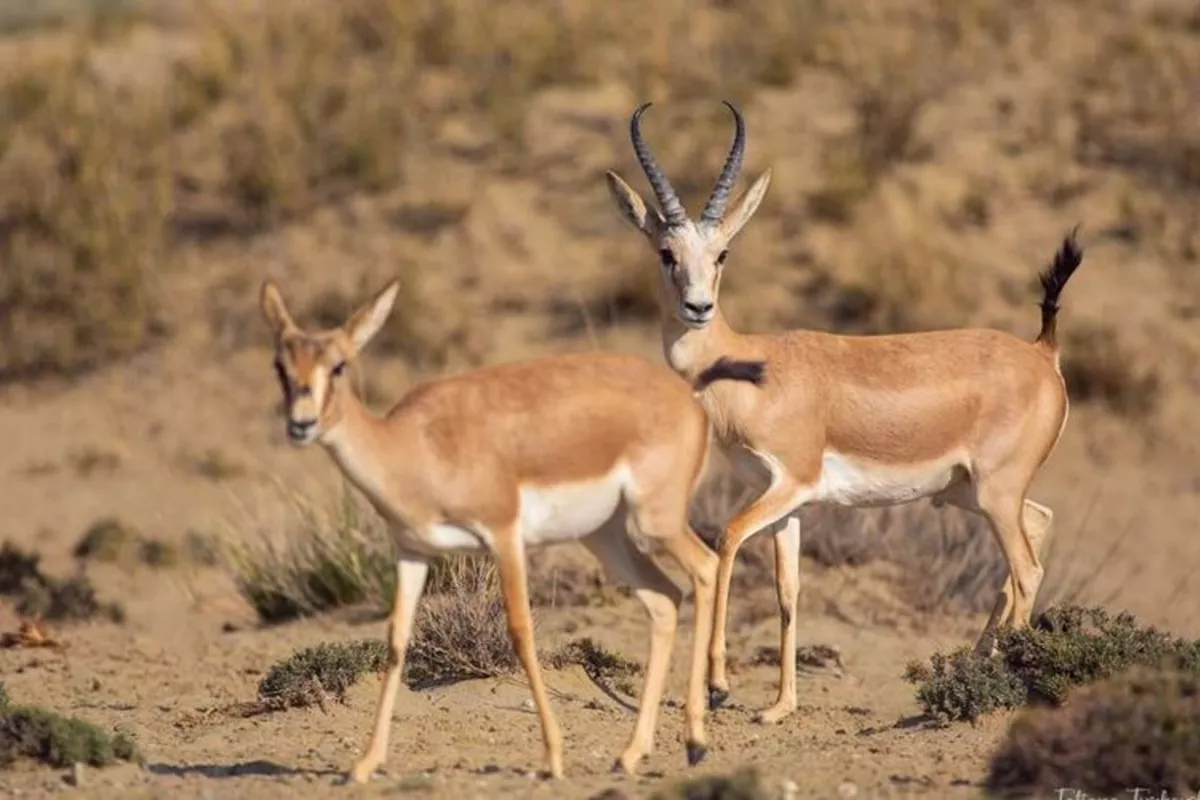
photo: 24kg
Kyrgyzstan plans to release 25 gazelles (jeyrans) into the wild by late July in the steppes of Ton District, Issyk-Kul Region.
The initiative, spearheaded by Askar Davletbakov, head of the vertebrate zoology laboratory at the National Academy of Sciences’ Institute of Biology, aims to restore the species’ population in its native habitat after decades of decline, The Caspian Post reports, citing Kyrgyz media.
Each gazelle will be equipped with GPS collars to allow continuous tracking via smartphones, ensuring that gamekeepers can monitor their movements closely. Davletbakov emphasized, “Poachers won’t be able to escape detection. We will keep constant surveillance and promptly respond to any threats.”
While poaching remains a significant concern, the project emphasizes collaboration with local communities and calls for state-backed funding to support the rehabilitation of species listed in the Red List of Threatened Species.
Davletbakov also stressed the need to establish a protected reserve at the release site, noting that gazelles are territorial and will remain close to their habitat if left undisturbed. Historically abundant in Issyk-Kul, the animals can reproduce rapidly, often bearing twins, which bodes well for population recovery. “With sustained protection and care, we expect a healthy population within ten years,” he said.
The United Nations Development Programme (UNDP) highlighted that Davletbakov has worked toward gazelle reintroduction for nearly 30 years. A breakthrough came in 2021 when the Argali Foundation received GEF Small Grants Program support, enabling the transfer of 15 gazelles from nurseries. The animals have been acclimatized, protected from predators and poachers, and housed in secure enclosures with feeding bases.
Gazelles vanished from the region mainly due to poaching, and current efforts focus on educating locals about their value as a national ecological treasure rather than game animals.
In May 2025, President Sadyr Japarov visited the Jeyran-Ordo Center, urging citizens to back gazelle restoration and pledging state support for endangered species protection. Since then, government officials have accelerated land allocation and approvals to facilitate the program.
By the end of 2025, the number of gazelles in the region is expected to reach 60.
Share on social media